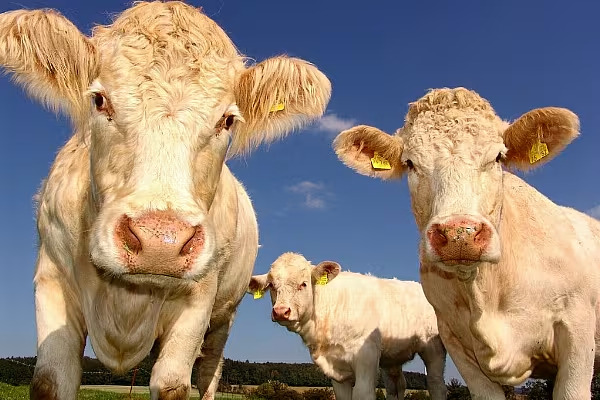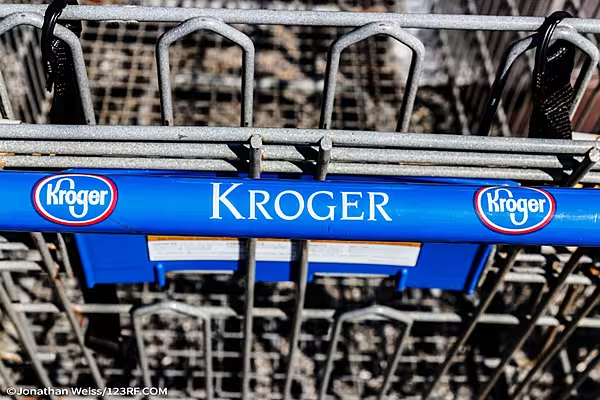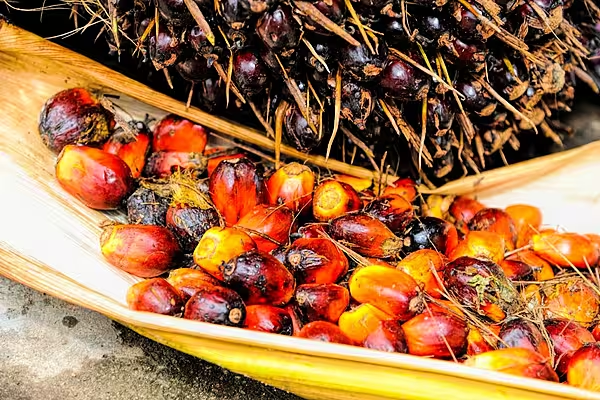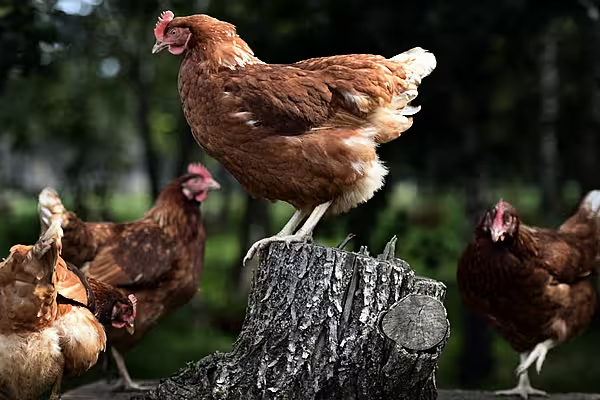The US beef cow herd dropped to its lowest level since 1962, US Department of Agriculture data showed, after a severe drought raised costs for livestock feed.
Ranchers increasingly sent cows to slaughter last year, instead of keeping them to reproduce, as dry weather reduced the amount of pasture available for grazing in the western United States and on the plains. At the same time, a tight labour market limited slaughtering at meatpacking plants.
Declining supplies of cattle are expected to keep meat prices high for consumers, analysts said.
"We're going to be dealing with some sharp beef-supply declines for the next three years straight and therefore higher beef prices," said Rich Nelson, chief strategist for commodity broker Allendale. "There will be no help in the coming years for the consumer."
Herd Size
There were 28.9 million beef cows as of 1 January, down 3.6% from a year earlier, the USDA said. It was the smallest herd size for that date in 61 years, according to US government data.
Overall the total number of cattle and calves across the country fell 3% from a year ago to 89.3 million, the lowest since 2015, government data show.
A significant shift toward wetter weather will be needed to break the trend of liquidating cow herds, Rabobank said. Last year, nearly 13.4% of the cow herd was culled – a record, according to the firm.
Cattle producers will not make 'meaningful progress' in rebuilding the US herd until 2025 at the earliest, Rabobank said. Meanwhile, restaurants, retailers and importers will increasingly compete for limited supplies of US beef, the firm added.
News by Reuters, edited by ESM – your source for the latest supply chain news. Click subscribe to sign up to ESM: European Supermarket Magazine.











